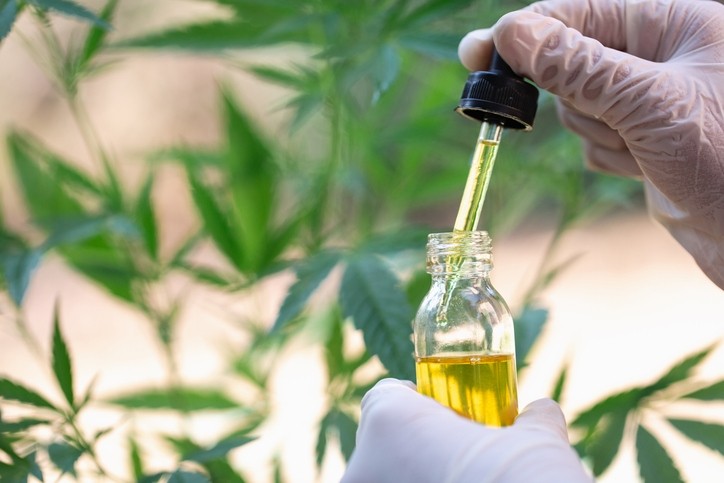New US Hemp Authority standard spells out ‘broad’ and ‘full spectrum’ specs

Marielle Weintraub, PhD, president of US Hemp Authority, said the overarching goal of the program is to help consumers make sense of a market place jumbled with products of varying quality. Last year the US Food and Drug Administration tested a suite of CBD products bought on the open market and found generally poor quality control and undisclosed THC in some of the products.
Bringing clarity to the marketplace
“We want consumers to very easily be able to look at products and see who’s following best practices,” she said.
This is the third version of the group’s certification standard. Weintraub said the process of refining the standard has been tumultuous one, but the industry seems to be finding some common ground.
“The feedback wasn’t as hostile this time. There was some hostility in the feedback between versions 1 and 2,” she said.
What does ‘THC free’ mean?
One of the key changes in the new version has to do with THC testing, Weintraub said. In particular with what can be called “THC free.”
“We are trying to make the nomenclature easier to understand,” Weintraub said. “Some tests used to demonstrate a product was ‘THC free’ were done setting the limit at 0.2% THC or less. That’s not THC free.”
The new standard specifies that to be called ‘THC free’ a product must have THC less that the limit of detection, which is generally set at 0.01%.
THC limits also figure into the standard’s definition of the terms ‘broad spectrum’ and ‘full spectrum.’ These terms have been tossed about in the marketplace with seeming abandon up to now.
Defining ‘broad spectrum’ versus ‘full spectrum’
The US Hemp Authority now defines ‘broad spectrum as a hemp extract of multiple cannabinoids that has had the THC removed to below the 0.01% level. In addition, something can’t be called ‘broad spectrum’ under the standard if it has been assembled from multiple individual cannabinoids.
For ‘full spectrum’ the standard allows THC content of 0.3% or below, which is the federal standard for a crop to qualify as industrial hemp as opposed to recreational or medicinal marijuana. Again, a product assembled from or with the addition of individual cannabinoids would not qualify to be certified under the standard.
The standard document has portions that apply to hemp growers, processors and finished brand owners. For processors and finished brand owners, the certification scheme has a requirement that these companies comply with CFR 111 and operate as if they are full fledged dietary supplement ingredient and finished goods manufacturers. This is required even though at the moment products containing CBD are not considered by FDA as fully legal dietary supplements.
“At some point we hope not too far future we will fall under federal regulation. We are policing ourselves as if we were already there,” Weintraub said.
Keep up with the latest additions to patchwork quilt
Weintraub said eventual federal regulation could also lift the burden of complying with the many state regulations. What many have feared in the interregnum brought about by FDA’s slow process has now come to pass, she said. There is now a patchwork quilt of different state requirements that are hard to keep track of, much less comply with.
“We have our auditors set up by areas so that they can understand the rules for the various states,” she said. In Colorado, for example, it’s possible for a product to have more than 0.3% THC during various stages of the manufacturing process as long as the end result comes in below that level. In other states, the same product could be in violation of the law at those manufacturing stages.
The auditing of hemp growers, processors and brand holders is being administered by the firm FoodChain ID. For a full copy of the standard, click here.
















